In the late 1930s, Soviet tank production was entering a period of rapid development. After obtaining a license, Leningrad's Red October Factory (also known as Factory 185) is actively imitating the British Wickstank to produce light tanks known as Tmur26. At the same time, the idea of the large artillery of the Soviet army gradually emerged. In order to provide firepower support for infantry, cavalry and tanks, many Soviet designers installed various howitzers on trucks, tractors and even medium-sized tanks like the Tmur28, with calibre ranging from 76.2 mm to 152 mm, but these designs were somewhat defective in protection or mobility.
Although the design of the Su-5 series artillery takes into account that the self-propelled artillery should have the same or similar mobility as the armored force, the protection has only 15 mm armor thickness at the front and sides, and only 13 mm at the rear. With the progress of the times, these are very inadequate. The Red Army's Artillery Doctrine also prefers large-caliber and stable self-propelled artillery with turrets. So the Soviet army later used the chassis of the Tmur70 light tank, and even the Tmur34 and Stalin tank chassis to design large-caliber artillery that met the requirements, so after the German invasion of Poland in 1939, the development of the SU-5 was stopped, and the Soviet army began a new road of self-propelled artillery.
Specifications
Spotlights
- RussianAce 4.4 years ago
- AWESOMENESS360 4.4 years ago
General Characteristics
- Created On Windows
- Wingspan 10.5ft (3.2m)
- Length 21.4ft (6.5m)
- Height 11.3ft (3.4m)
- Empty Weight N/A
- Loaded Weight 41,989lbs (19,046kg)
Performance
- Power/Weight Ratio 0.321
- Wing Loading N/A
- Wing Area 0.0ft2 (0.0m2)
- Drag Points 11485
Parts
- Number of Parts 1291
- Control Surfaces 0
- Performance Cost 6,330


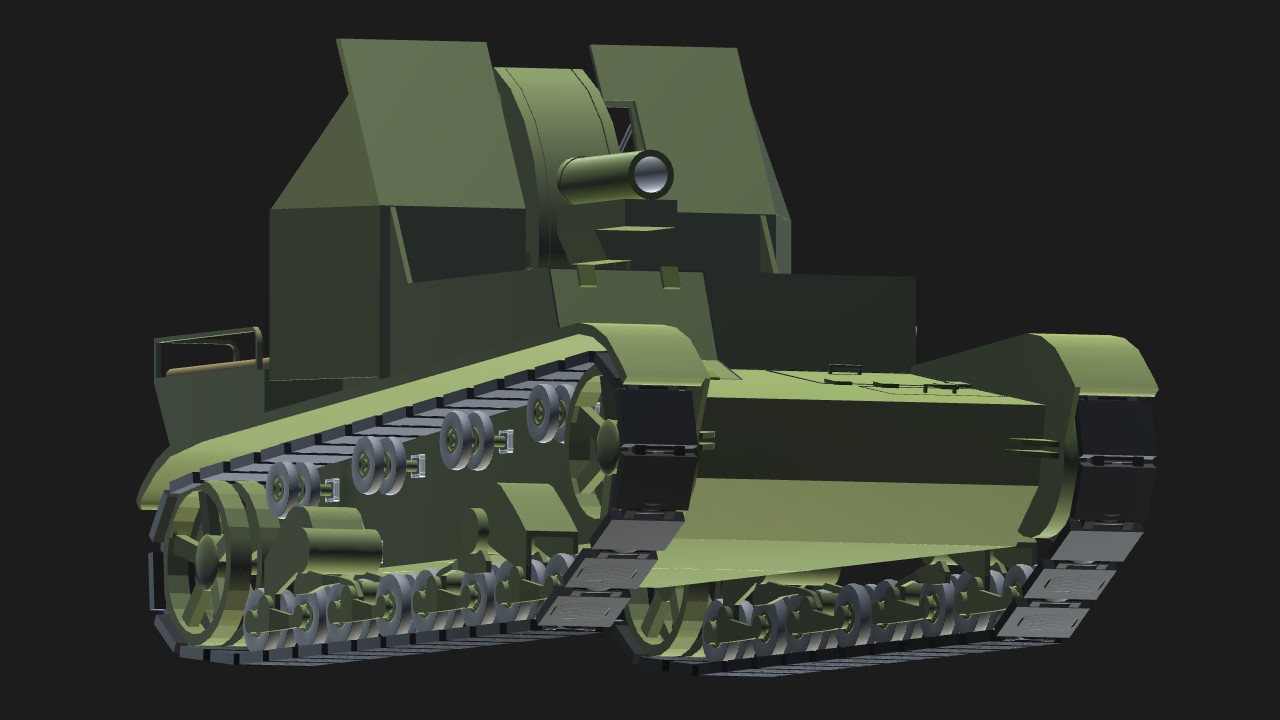
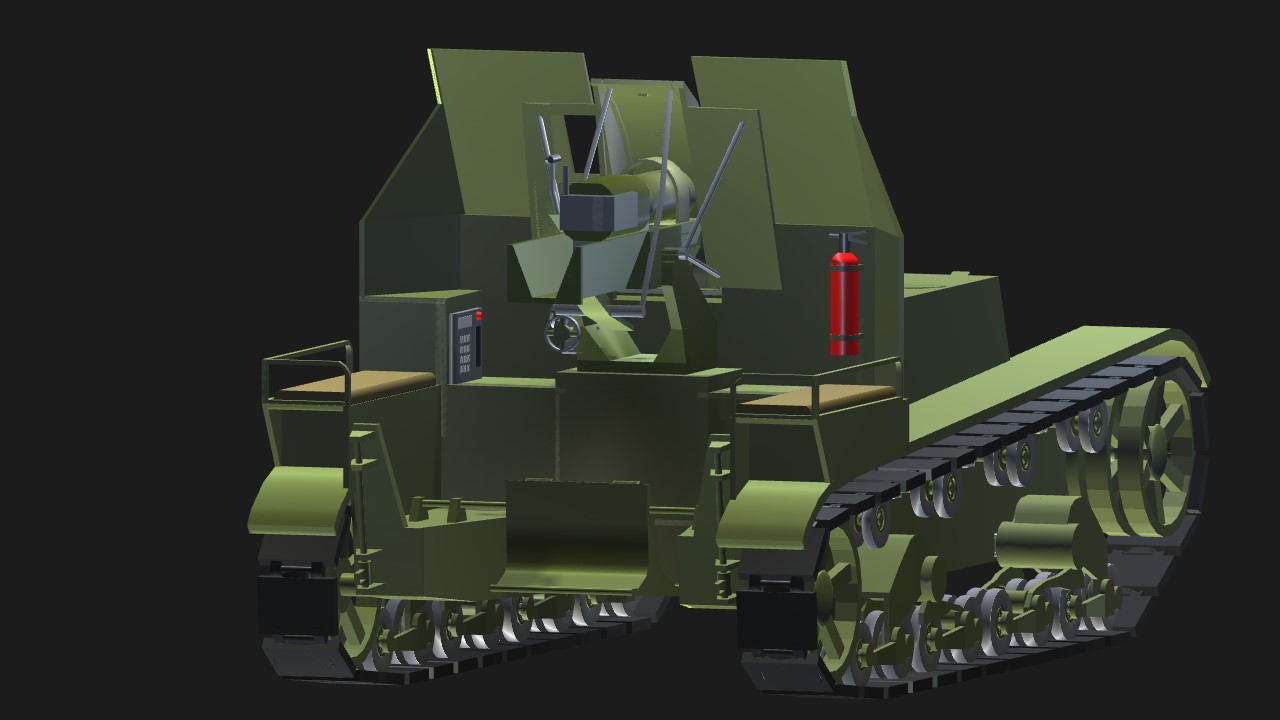
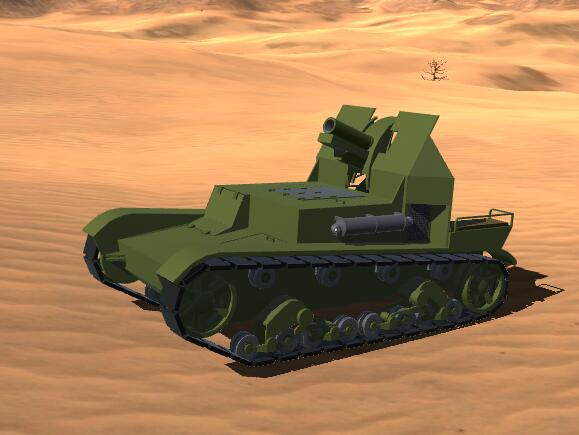
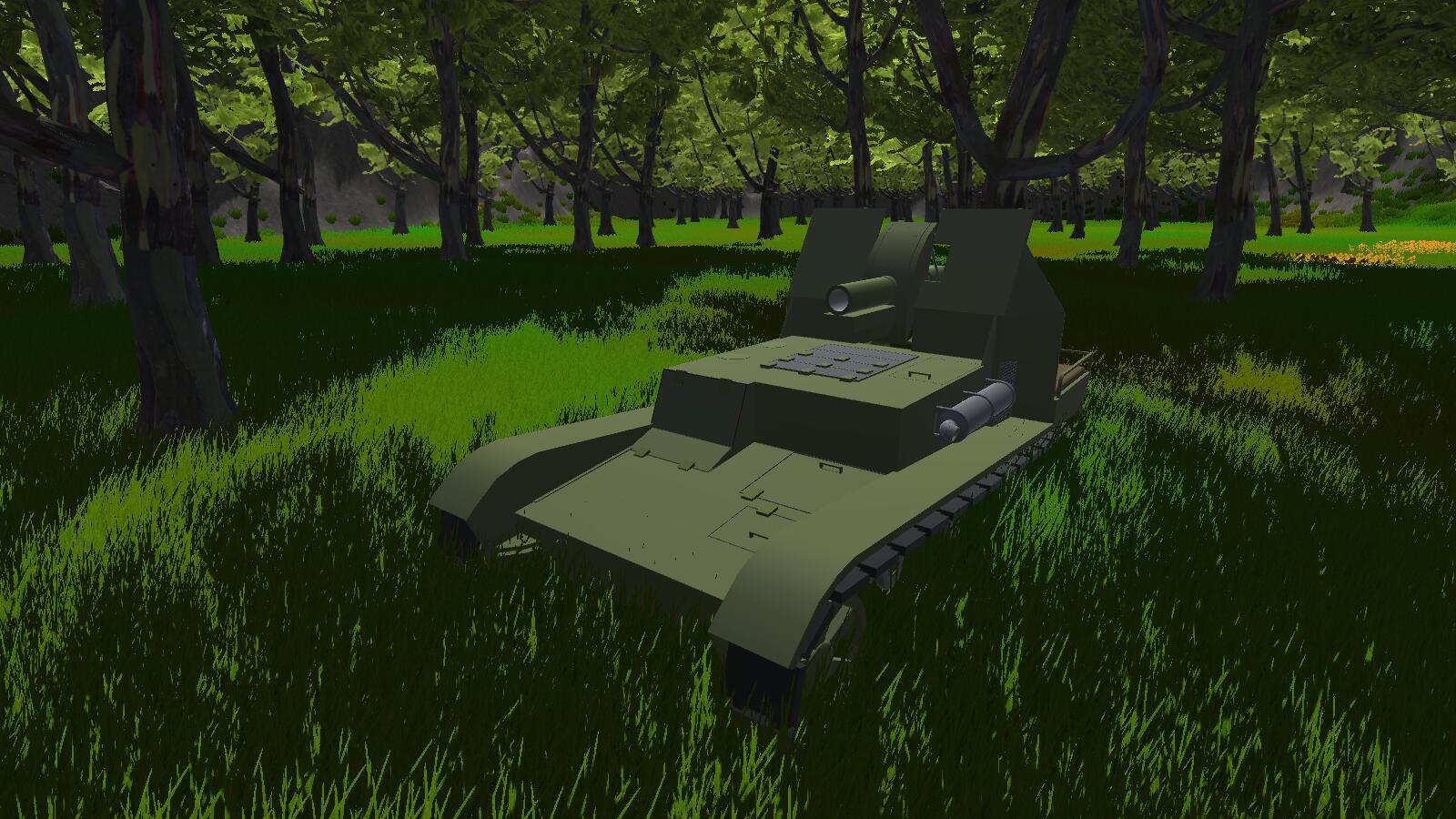
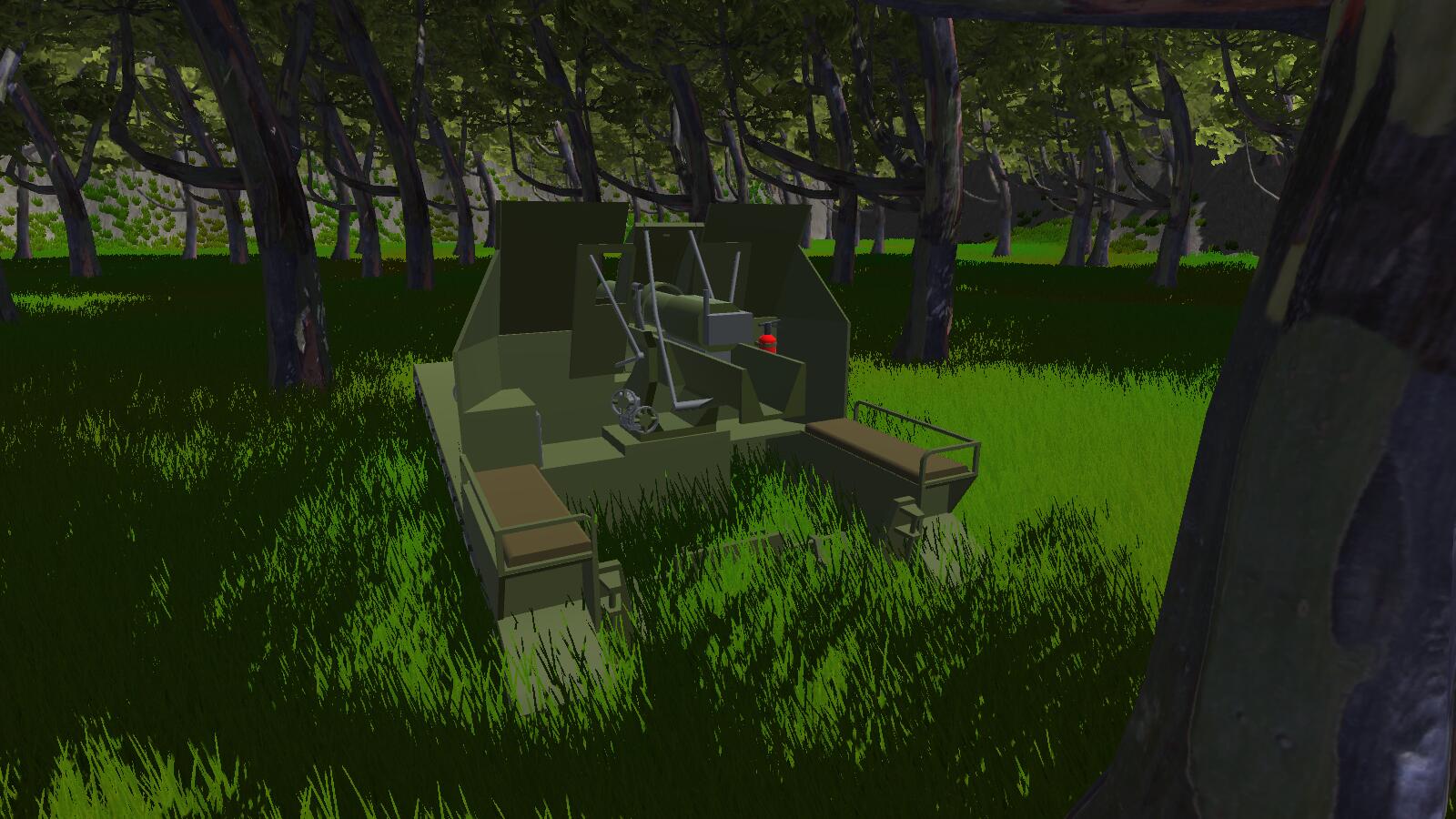
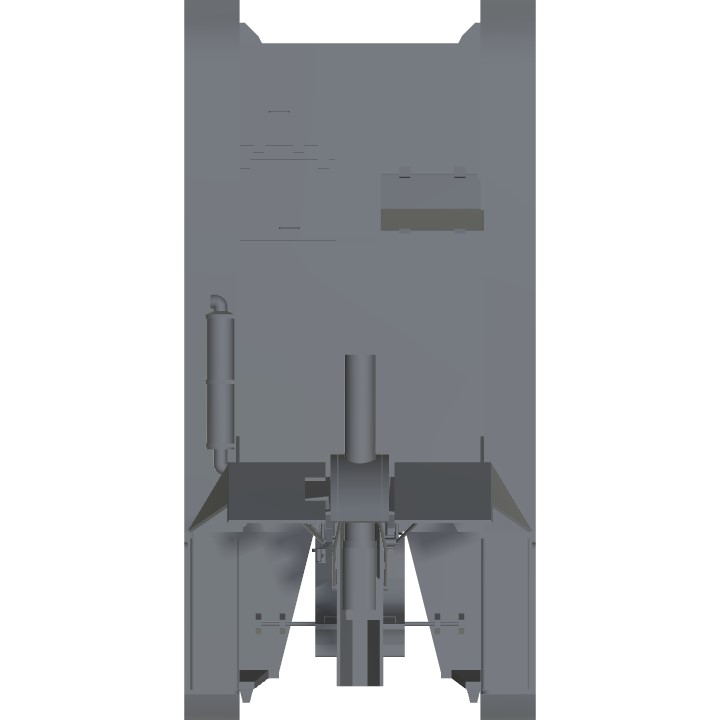
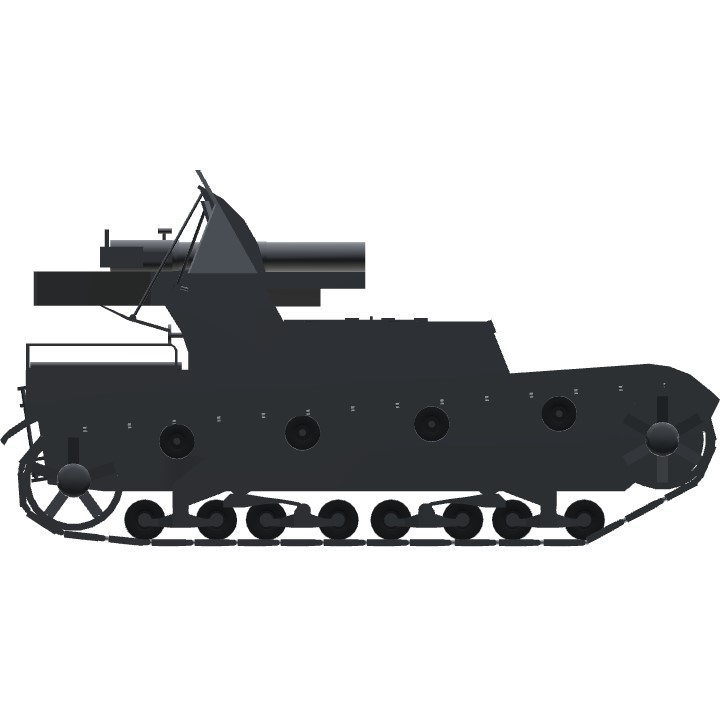
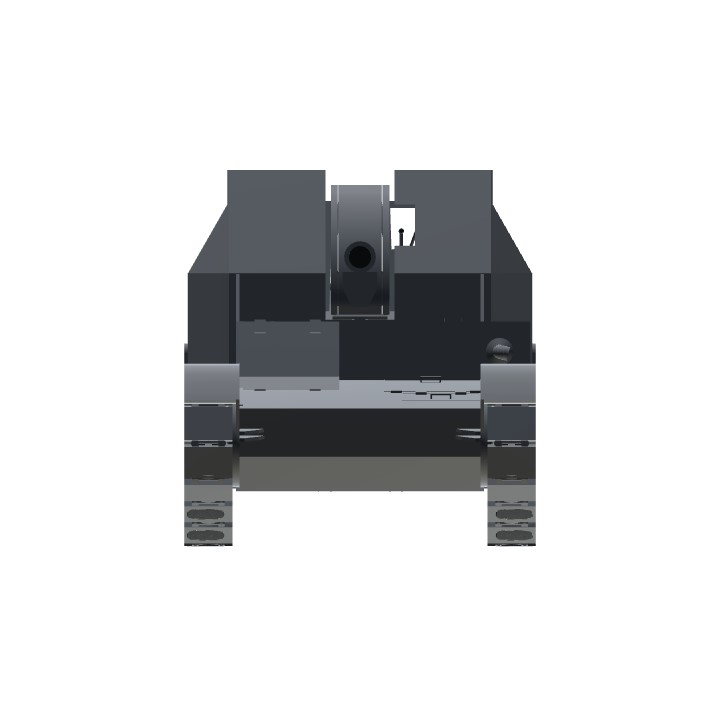
Tank tracks
@BuiltBionixInd10
SUS
SU5
Thanks for upvotes, comments and spotlights!